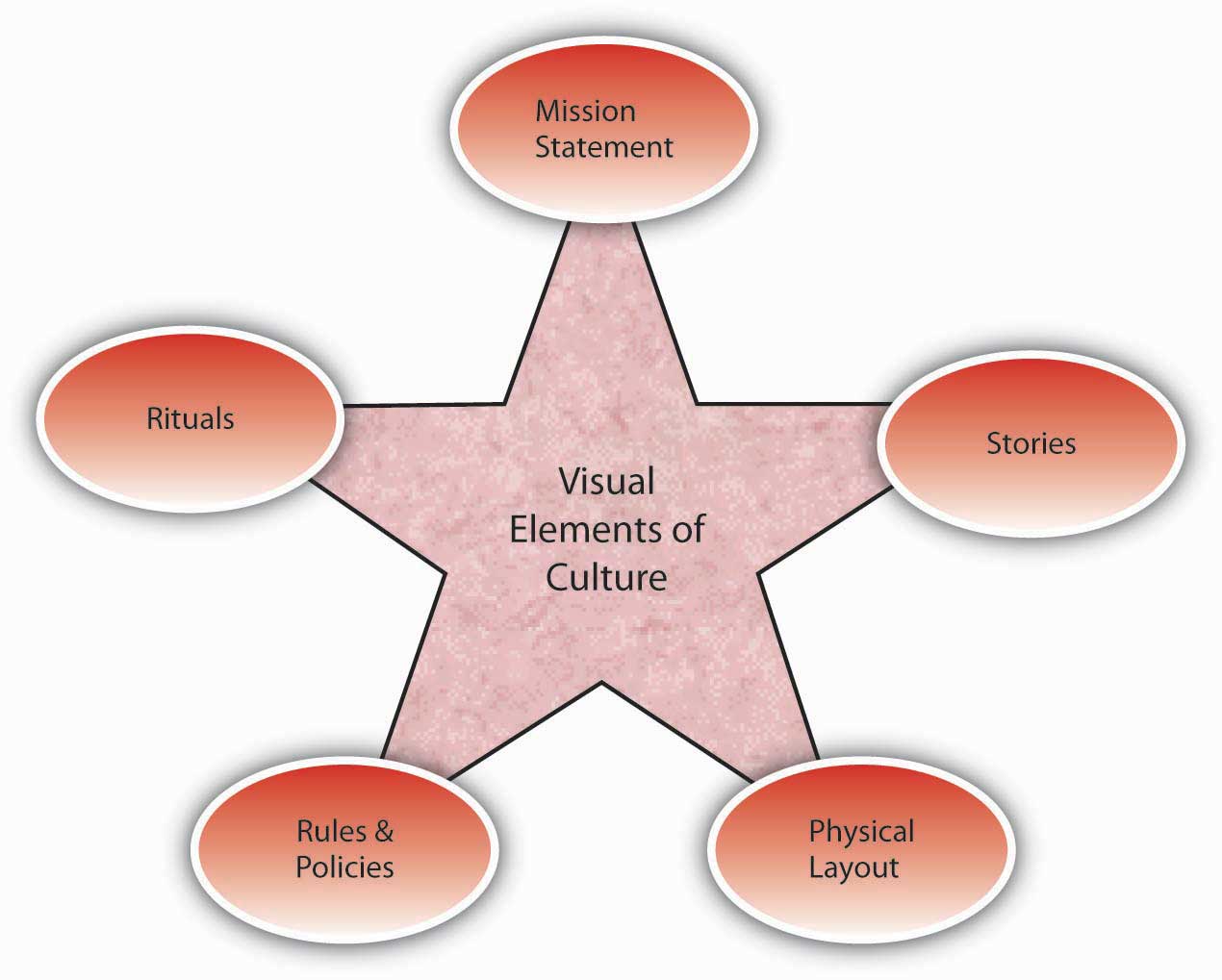The Sapir-Whorf hypothesis, also known as linguistic relativity, posits that the language one speaks can shape the thoughts and perceptions of its speakers. This theory invites a deep examination of how culture and language intertwine, influencing the worldview of individuals and communities. By analyzing various cultural contexts, we can unearth how this hypothesis manifests in the day-to-day experiences and belief systems of different societies.
One illuminating example of the Sapir-Whorf hypothesis can be found in the way various cultures perceive and articulate their relationship with nature. Consider the Inuit languages, which employ a rich vocabulary for snow. The variety of terms used by the Inuit enables them to specify the texture, temperature, and cohesiveness of snow in ways that those who speak languages with a limited snow vocabulary cannot. For instance, terms like ‘grísl’ or ‘qanniq’ have distinct meanings that convey crucial information for survival in Arctic environments. This linguistic richness metaphorically shapes how the Inuit conceptualize their environment, fostering a profound understanding of and respect for their natural surroundings.
This concept of nuanced language leading to a nuanced understanding also applies to the Sami people, indigenous to the northern parts of Norway, Sweden, Finland, and Russia. The Sami possess an extensive lexicon for reindeer, derived from their longstanding reliance on these animals for sustenance and livelihood. Their unique vocabulary enables them to communicate subtleties pertaining to the animal’s behavior, health, and habitat. Consequently, the Sami culture has cultivated a worldview deeply embedded in the rhythms of nature, demonstrating an intrinsic connection that transcends mere survival.
In stark contrast, the majority of English speakers, who generally use a single term—’snow’—experience a more limited conceptual framework surrounding winter conditions. This limitation can inadvertently foster a detached appreciation for nature, leading to an environment where ecological negligence flourishes. The underlying implication is clear: the language one uses to articulate their surroundings can profoundly affect their relationship with the environment.
Fascinatingly, the Sapir-Whorf hypothesis extends beyond the confines of survival and into the realm of social constructs. In societies where gendered language predominates, such as in languages like Spanish or French, the perception of gender roles may be reinforced and perpetuated through linguistic structures. For example, in Spanish, the terms “niño” (boy) and “niña” (girl) are explicit, and many adjectives are gender-specific, potentially influencing the way individuals perceive gender identity and roles from a young age. This linguistic distinction can lead to a societal framework that reinforces traditional gender roles, fostering a cultural environment where such distinctions are further entrenched.
Moreover, the concept of time illustrates another dimension of the Sapir-Whorf hypothesis. In English, time is often referred to as linear, exemplified through phrases such as “looking forward to the weekend.” This linear perspective may streamline planning and productivity but can also foster a culture of impatience and haste. In contrast, the Aymara people in the Andes of South America perceive time as cyclical, with the past positioned in front of them and the future behind. Such an understanding fosters a contemplative view, encouraging individuals to reflect on history and its implications for contemporary life. Herein lies a profound revelation: language not only reflects cultural values but also molds them in intricate ways.
Examining cultures through their linguistic frameworks also reveals the intersection of language with emotional expression. The lexical trope known as ‘komorebi’ in Japanese describes the interplay of sunlight and leaves, signifying a sense of beauty in fleeting moments. Cultures that embrace such terms often develop a heightened aesthetic appreciation for their surroundings, inviting contemplation of the ephemeral nature of life. This lexical inclusion elevates the mundane to the extraordinary, allowing emotional depth to permeate a culture’s collective psyche.
Furthermore, the effects of language on thought can even be witnessed in conceptions of color. Cultures that categorize colors differently can perceive hues and contrasts in unique ways. For example, Russian includes two distinct terms for light blue (‘goluboy’) and dark blue (‘siniy’), enabling its speakers to discern subtleties in shades that English speakers might overlook. This dichotomy may enhance Russian speakers’ visual acuity when distinguishing blues, further entrenching notions of beauty, aesthetics, and appreciation within their cultural canon.
In closing, the Sapir-Whorf hypothesis serves as a reminder of the symbiotic relationship between language and culture. Linguistic diversity not only enhances communication but also enriches human experience by framing how individuals conceptualize reality. By examining examples from diverse cultures, from the nuanced vocabulary of the Inuit regarding snow to the cyclical orientation of the Aymara towards time, a compelling narrative emerges about the potency of language as a vehicle for cultural identity and perception. It is essential to appreciate this interconnectedness as societies evolve, particularly in an era of globalization where linguistic diversity is increasingly at risk. Protecting this linguistic heritage is tantamount to safeguarding the myriad cultural perspectives that enrich the human experience.
